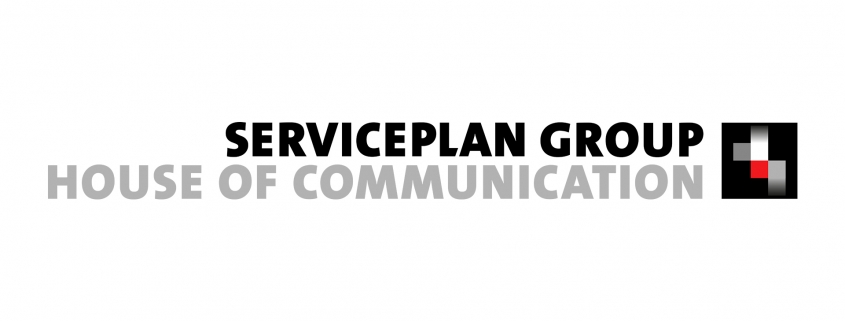- Ready for the social media firestorm: Good preparation for digital crises is important - 9. October 2018
- The mobile revolution in the digital universe - 1. October 2018
- Good relations are half the battle: The power of relationships and politics - 25. September 2018
- Digital Leadership: Four principles of digital brand building - 18. September 2018
- Digital Emerging Markets – The Era of Tweets, Likes and Uploads - 10. September 2018
- Split identity: How to avoid brand schizophrenia in the target markets - 4. September 2018
- Premium for everyone: Two factors that reinforce the trend towards premiumization - 28. August 2018
The major growth markets are more like continents than individual countries. Hundreds of languages, regional traditions, tastes and customs make them a huge conglomerate of markets. A “one size fits all” approach is doomed to fail here. However, it makes much more sense and is strategically more appropriate to concentrate on important regional areas or city clusters as a brand in order to find a starting point for the best growth opportunities. The leading cities are only one possible destination. Rapidly growing centers in the “hinterland” are another promising option within the framework of the cluster strategy. This is described in detail in our new Springer publication “Successful brand development in the major emerging markets” (written in German) by Dr. Niklas Schaffmeister (Managing Partner Globeone) and Florian Haller (CEO Serviceplan Group).
The art of expanding along city clusters begins with a thorough analysis of the differences between the individual regions. It is not difficult to identify the clusters. They may be groups of cities linked by a particular economic structure, demographic structures, comparable consumer behavior or geographical proximity. Perhaps the biggest – but by no means the only – advantage of focusing existing resources on city clusters is the ability to leverage economies of scale and existing distribution networks. If one is successful in certain clusters, one can also build up a decisive market share, which then can be used as a springboard into other regional clusters.
1. Purchasing power analysis: how to identify the epicenters
One way to identify the most promising clusters for your company is to examine the existing and expected income levels. Are there signs that consumers are starting to buy their first car? Or is an increasing demand for imported or luxury goods ahead? How many middle class households are there and what do reliable forecasts of expected income growth say? Is consumer demand increasing in product segments that affect the company? Managers from successful companies are unanimous in their opinion that precise inquiries are very important to identify the epicenters of future growth. The smaller, suburban cities in the country are expected to generate 60% of the general growth in the fashion industry in the coming years. And by the end of the decade, almost half of consumers in rural areas should belong to the middle class.
2. Understanding consumer drivers: is it all about individuality or just being a part of it?
Brand companies must understand their target markets in detail. Shopping habits and consumer motives can even differ significantly from city to city. For young people in the primary cities it’s about individuality, they don’t want to “follow the herd”, while at the level of subordinate cities it’s more about being a part of it. The fact that the urban population in emerging countries alone is growing by around 60 to 70 million people a year underlines their importance. This corresponds to 60 times the population of Cologne or eight times the population of New York.
3. Key question for the campaign: how homogeneous is the selected cluster?
Another decisive consideration is whether the selected cluster is homogeneous in terms of the defined criteria. A well-known example are the neighboring primary cities Shenzhen and Guangzhou in China. People in Guangzhou speak Cantonese. Most of them were born in and around the city and spend a lot of time at home with their families. In Shenzhen, on the other hand, the population consists of mostly migrants from other parts of the country, and Mandarin is usually spoken there. Integrating the two cities into the same cluster would require two completely different campaigns. Once you have decided on certain regional or city clusters, you have to consider how many submarkets you want to target. The more submarkets there are, the more difficult it could be to achieve the desired efficiency.
Success story: Unilever’s mosaic approach
Large and successful companies such as Hindustan Unilever (HUL) have conducted their own cluster-based campaigns. In the case of HUL, the “Winning in Many India’s” (WIMI) program was developed. In a first step, HUL, the largest company in the country, divided India into five major regions in the field of fast-moving products (FMCG). Then, on the basis of detailed consumer knowledge, another 14 geographical units were identified, which were city clusters. The company no longer regarded India as a homogenous country with few large markets, but as a country consisting of a mosaic of markets.
This page is available in DE



